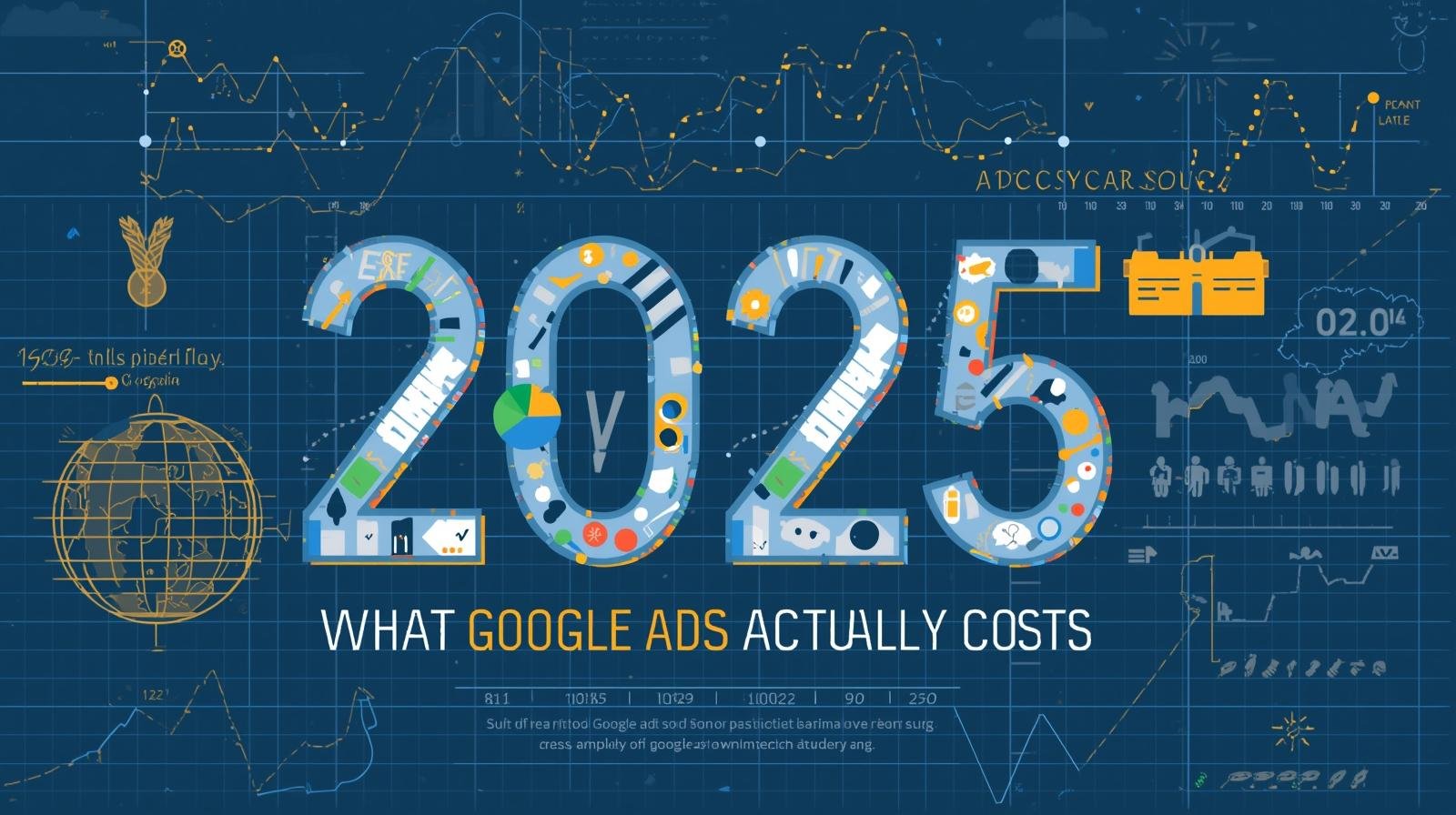 There's this moment every small business owner faces. Sitting at the desk, credit card in hand, ready to launch that first Google Ads campaign. The cursor hovers over "Start Campaign," but something holds them back. How much is this really going to cost?It's the question that keeps people up at night. And honestly, there's no simple answer. Google Ads isn't like buying a billboard with a fixed price. It's more like a marketplace where prices shift constantly.
There's this moment every small business owner faces. Sitting at the desk, credit card in hand, ready to launch that first Google Ads campaign. The cursor hovers over "Start Campaign," but something holds them back. How much is this really going to cost?It's the question that keeps people up at night. And honestly, there's no simple answer. Google Ads isn't like buying a billboard with a fixed price. It's more like a marketplace where prices shift constantly.Why Prices Jump Around
The whole thing works on pay-per-click. Money only leaves the account when someone actually clicks the ad. Sounds straightforward until the realization hits that a click could cost $2 or $200 depending on the business.Lawyers, insurance agents, financial advisors - they're paying $50 to $100+ per click sometimes. Someone selling handmade soap? Maybe $3. It all comes down to competition. More businesses fighting for the same customers means higher prices.Then there's Quality Score. Google grades every ad based on whether it's actually helpful, if the landing page is decent, and if people click on it. Better scores mean lower costs and better ad positions. It's basically Google's way of rewarding ads that don't suck. A good Marketing Agency can help nail these metrics.What Most Businesses Actually Spend
Small businesses typically spend anywhere from $1,000 to $10,000 monthly on Google Ads. That's a massive range, but it makes sense. An online clothing store might be fine at $1,500 per month, while a B2B software company needs $8,000 to see real results.Different ad types cost different amounts too. Search ads - the ones at the top of Google - usually cost more because people are actively looking to buy something. Display ads, those banners scattered across websites, run cheaper. YouTube ads fall somewhere in the middle.But here's what matters most: it's not about how much gets spent. It's about what comes back. Dropping $50 on a click that brings in a $5,000 customer? That's a win. Spending $2 on a click that goes nowhere? That's just burning money.Staying in Control of Spending
The good part? Total control over the budget. Set a daily limit, and Google sticks to it. No surprise charges draining the account overnight. There's also a max cost-per-click setting. Once the monthly limit is hit, ads stop running until next month. This makes it safe to test things without the fear of overspending.Google's got these automated bidding systems now that use machine learning. They adjust bids throughout the day based on who's likely to buy. Letting a robot handle the budget feels weird at first, but these systems often outperform manual bidding.The Costs Nobody Mentions
Beyond the actual ad spend, there's more to budget for. Hiring someone to manage campaigns runs anywhere from $500 to $5,000+ monthly, depending on complexity. Then there's creating the actual ads. Professional copywriting, design work, landing pages - it all costs money. Either hiring in-house or working with a Branding Agency to keep everything looking sharp. Plus tools. Google provides free stuff, but advanced software for tracking and optimization usually runs $50 to $500+ per month.Making Every Dollar Count
Smart keyword selection changes everything. Instead of bidding on "shoes" (expensive and broad), go after "women's trail running shoes size 8" (cheaper and more specific). Long, detailed keywords cost less and bring in people who are closer to buying. Negative keywords matter just as much. They tell Google which searches to avoid. Selling luxury watches? Add "cheap" and "free" as negatives to filter out bargain hunters.Only run ads during peak hours. If sales happen mostly between 2-6 PM on weekdays, why pay for clicks at 3 AM on Sunday? Good SEO Services can build organic traffic alongside paid ads too.Geographic targeting keeps things tight. A bakery in Chicago gains nothing from someone clicking in Miami. Narrowing the range eliminates waste.Real Numbers from Real Businesses
An online boutique spends around $2,000 monthly. The average click costs $1.50, bringing in about 1,333 clicks. With a 3% conversion rate, that's roughly 40 sales. An average order of $75 means $3,000 in revenue. That's a 50% return.Meanwhile, a personal injury lawyer drops $10,000 monthly at $75 per click. Only 133 clicks. But with high-value cases, even a 2% conversion rate could generate $150,000+. Completely worth it. These examples show why asking "how much does it cost" misses the point. The real question is "what's the return?"Is It Worth It?
Whether Google Ads makes sense depends on the business model. Customer lifetime value matters most. If someone buys once and never returns, the math needs to be tight. If they stick around for years making repeat purchases, spending more upfront works.Profit margins play a huge role too. A business with 10% margins has to be way more careful than one with 60% margins. Want to stop wasting money on ads that don't work? Savors Marketing offers the best solutions to figure out what actually drives results.Quick Answers to Common Questions
- What's the minimum to get started?
- How fast does the budget get spent?
- Any setup fees?
- Can tight budgets still work?
- How long until seeing results?

